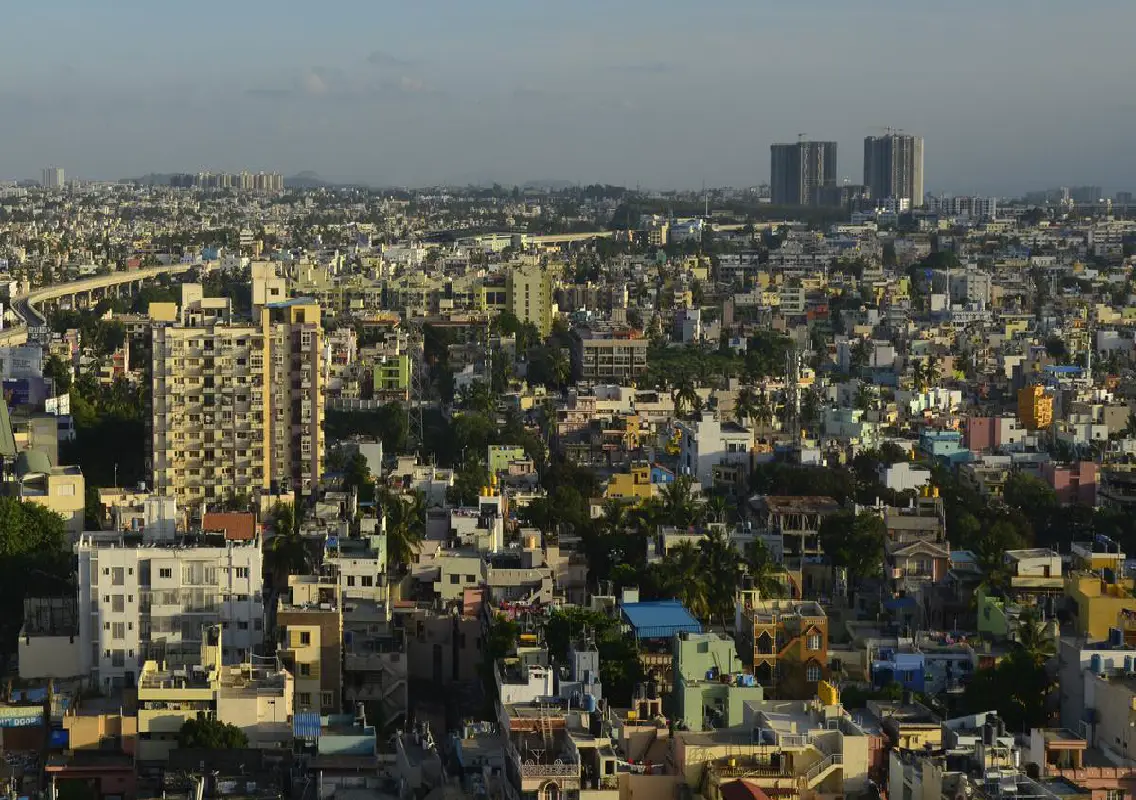By News Karnataka Editorial Team
Copyright newskarnataka

Bengaluru: The Karnataka government on Tuesday (September 30, 2025) published the draft delimitation of wards within the five city corporations of Bengaluru, increasing the total number of wards in the city to 368, up from the existing 198 under the erstwhile Bruhat Bengaluru Mahanagara Palike (BBMP).
East has least wards, West the most
As per the draft notification, the East Corporation, which has the lowest population among the five zones, will have 50 wards, while the West Corporation, with the highest population, will have 111 wards. Both North and South corporations will each have 72 wards, while the Central Corporation will comprise 63 wards.
Although the notification lists ward boundaries and major neighbourhoods, it does not provide ward maps or details of population and size, leaving many citizens and civic activists dissatisfied with the transparency of the process.
Ward sizes and disparities
The delimitation exercise has been carried out based on the 2011 Census, the latest official population data available. However, projections for 2023 suggest that ward sizes vary significantly, from an average of 26,000 residents in East Corporation to more than 43,000 in North Corporation.
This is an improvement over the earlier scenario under BBMP, where some wards had populations exceeding 1 lakh, making governance unwieldy. Yet, critics argue the ward sizes remain far larger than the guidelines originally recommended.
Under the Greater Bengaluru Governance Act, 2024, each of the five corporations is permitted up to 150 wards, allowing for as many as 750 across the city. Deputy Chief Minister and Bengaluru Development Minister D.K. Shivakumar had earlier hinted at the possibility of around 500 wards, raising expectations of smaller and more manageable units.
Civic voices express disappointment
Many civic activists have expressed disappointment at the missed opportunity for greater decentralisation. Smaller wards, they argued, could have enhanced service delivery and created space for non-traditional political groups to contest and win, loosening the dominance of established parties.
“This ward size kills that possibility and further entrenches the stranglehold of traditional parties in the city’s politics and governance, for which there will obviously be a bipartisan approval among the traditional parties. This is against the spirit of decentralisation, which Congress claimed to be at the heart of restructuring governance in Bengaluru,” said N.S. Mukunda of Bengaluru Praja Vedike.
Outdated on arrival
The guidelines for the Delimitation Commission mandated that each ward should represent around 20,000 residents, with a permissible variance of 25 percent. Based on the 2011 Census, Bengaluru’s population was about 85 lakh, but projections for 2023 place it at 1.44 crore. This makes the current ward sizes significantly outdated even before they take effect.
M. Maheshwar Rao, Chief Commissioner of the Greater Bengaluru Authority and Chairman of the Ward Delimitation Commission, defended the process, stating that the wards had been carved strictly as per the 2011 Census and within the guidelines issued to the Commission.
Citizens have been invited to submit objections or suggestions to the draft by October 15 by writing to the Additional Chief Secretary, Urban Development Department. The final notification of ward boundaries is expected to be published by November 1.
The announcement of 368 wards instead of a larger number has sparked fresh debates about governance in India’s tech capital. While the increase does mark an improvement over the earlier unwieldy ward structures, the absence of smaller, more representative wards may dampen hopes for grassroots democracy and better service delivery in the rapidly growing city.



